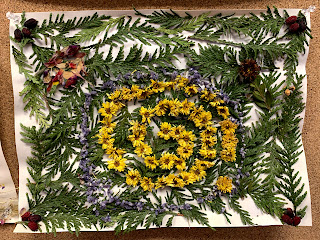For our project assessment of Mesoamerican civilizations, I have the students utilize contact vocabulary and research to create a world mosaic.
Our history curriculum has us cover the 3 major Mesoamerican empires - the Maya, the Aztec, and the Inca. If you do more, just add them as a research option for your kids.
After our whole class study, I tell the kids to now focus on that either interested them or they would like to learn more about - this will be their project civilization.
Using textbooks, resource and library books, and the internet, their purpose for research is to find content vocabulary words and phrases that are important to understanding their civilization. Students should be taking record of a minimus of 50 words/phrases, either by hand or on a document so they can refer back to it.Before, during, or after, the word research, students are also needing to create a hardcopy poster (I often use large construction paper instead of full poster paper, but that is up to you). On this, I require them to draw, print digitally, or a hybrid of both, 5 images that connect with the civilization (I require one of these to be in the center and the other 4 to be along the edges).
While I allow for the words and the pictures to be printed, I do not accept an entire digital poster for this as I would like students to utilize paper/scissor organization on a hardcopy. We do so much with digital resources that I find some kids have lost the skill of being able to make a hands-on project.
If you are interested in this project, it is available HERE on my TPT!
I am always blown away by my student's projects and they always share that they really enjoyed learning more about their civilization this way.











































